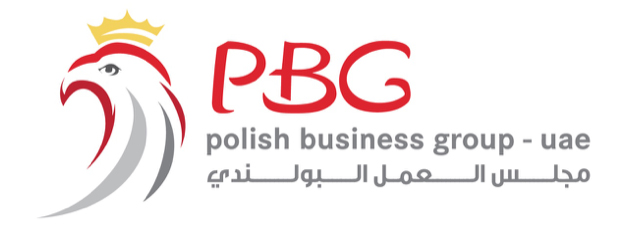A nation with a proud cultural heritage, Poland can trace its roots back over 1,000 years. Positioned at the centre of Europe, it has known turbulent and violent times.
There have been periods of independence as well as periods of domination by other countries. Several million people died in World War II.
A new era began when Poland became an EU member in May 2004, five years after joining Nato and 15 years after the end of communist rule.
It was the birthplace of the former Soviet bloc’s first officially recognised independent mass political movement when strikes at the Gdansk shipyard in August 1980 led to agreement with the authorities on the establishment of the Solidarity trade union.
The shoots of political freedom were trampled again 16 months later when communist leader Wojciech Jaruzelski declared martial law. But the movement for change was irreversible. Elections in summer 1989 ushered in eastern Europe’s first post-communist government.
The presence in the Vatican of Polish Pope John-Paul II was an important influence on the Solidarity movement throughout the 1980s.
Warsaw’s profile on the international stage was raised by its support for the US-led military campaigns in Iraq and Afghanistan. Polish peacekeeping troops served in south-central Iraq from 2003 until 2008, and the country has also contributed a sizeable contingent to the Nato peacekeeping force in Afghanistan.
Full name: Republic of Poland
Population: 38.3 million (UN, 2011)
Capital: Warsaw
Area: 312,685 sq km (120,728 sq miles)
Major language: Polish
Major religion: Christianity
Life expectancy: 72 years (men), 81 years (women) (UN)
Monetary unit: 1 zloty = 100 groszy
Main exports: Machinery and transport equipment, foodstuffs, chemicals
GNI per capita: US $12,440 (World Bank, 2010)
Internet domain: .pl
International dialling code: +48
President: Andrzej Duda
Prime Minister: Mateusz Morawiecki
Media
Poland’s broadcasting market is the largest in Eastern and Central Europe and has attracted foreign investment. There is freedom and diversity of information, although laws against deriding the nation and its political system are still in force.
Public Polish Radio reaches just over half of the population. There are more than 200 radio stations in all.
There are more than 300 newspapers, most of them local or regional. However, fewer than 30% of Poles read any kind of newspaper. The press is almost completely privatised and foreign ownership is high. The biggest-selling daily is the Fakt tabloid.
There were 22.5 million internet users in Poland by June 2010 – around 58% of the population (Internetworldstats).
The Press
Gazeta Wyborcza – mass-circulation daily
Fakt – mass-circulation daily
Rzeczpospolita – influential daily
Dziennik – daily, launched in 2006
Super Express – mass-circulation tabloid
Uwazam Rze – weekly, associated with Rzeczpospolita
Gazeta Polska – weekly
Polityka – weekly
Wprost – weekly
Newsweek Polska – weekly
The Warsaw Voice – English-language weekly
Warsaw Business Journal – English-language weekly
New Poland Express – English-language weekly
Television
Telewizja Polska (TVP) – public, operates two national networks, regional services and international satellite channel TV Polonia
TVN – commercial, also operates news channel TVN 24
Polsat – commercial channel and pay-TV operator
Cyfra+ – pay-TV operator
Radio
Polish Radio – public, operates five national networks and many regional stations
TheNews.pl – Polish Radio’s news site, in English
RMF FM – commercial
Radio Zet – commercial
Radio Maryja – controversial Catholic station, run by Redemptorist Order
News agency
Polish News Agency (PAP)

